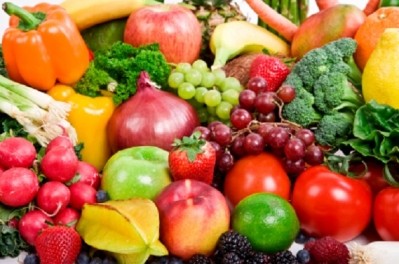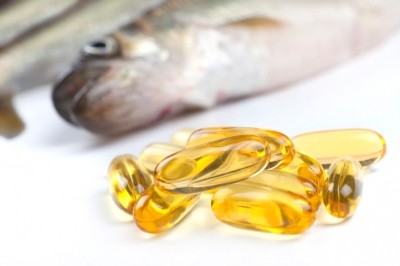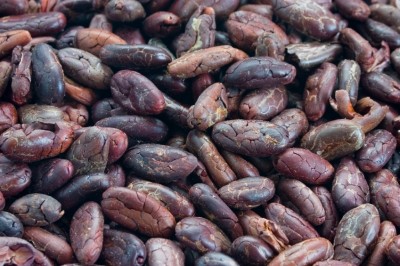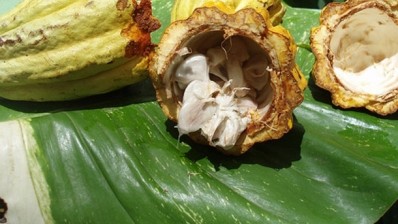Could prenylated flavonoids have ‘big potential’ in nutraceuticals?
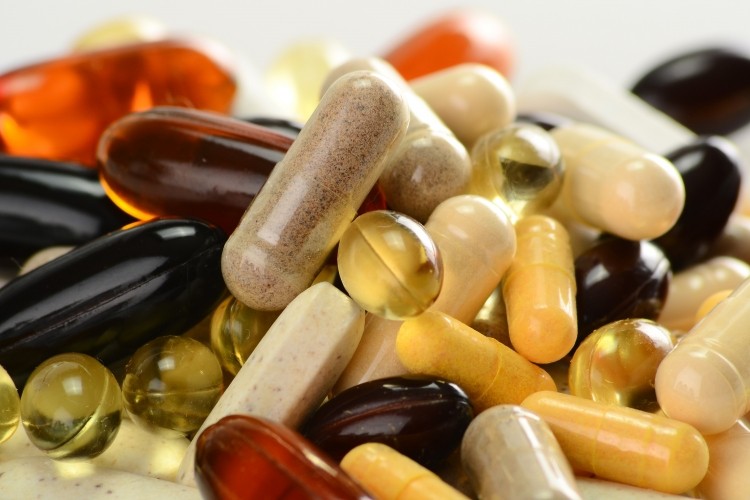
The science behind dietary flavonoids, and their suggested health benefits, is building at a rapid pace. From soy isoflavones to cocoa flavonoids and many more, the food and nutrition industry is putting huge effort in to validating the science behind flavonoids. Indeed, recent research from Harvard suggested that women with the highest average intakes of flavonoids - including flavones, flavanones, anthocyanins, and flavonols - had the greatest odds of healthy aging.
Now, research published in Trends in Food Science & Technology, has suggested that much less common prenylated flavonoids have big potential for use in nutraceuticals – so long as somebody finds a more cost effective way to produce them using enzyme technologies.
Led by Bao Yang from the Chinese Academy of Sciences, the research team said that prenylated flavonoids, which are a sub-class of flavonoids that combine a flavonoid skeleton with a lipophilic prenyl side-chain, generally have higher bioactivities than their flavonoid counterparts, but their low abundance in nature coupled with the fact that they are complicated to be chemically synthesised limits applications in dietary supplements currently.
“Prenylation significantly enhance some bioactivities of flavonoids,” said the team. “The possible mechanism of action is that the prenyl moiety increases the lipophilicity, which changes the affinity of prenylated flavonoids to cell membrane and makes them easier contact to targets.”
“Prenylation can improve the uptake of flavonoids into the epithelial cells of digestive tract and the bioaccumulation in muscle and liver tissues,” they added, further suggesting that the good bioactivities and safety of prenylated flavonoids mean they have very high potential to be used as nutraceuticals.
According to Yang and colleagues, the use of biotransformation by E.coli or yeast is a ‘promising alternative’ to solve the problem of generating prenylated flavonoids “due to the advantages of high specificity, easy manipulation and good productivity.”
“The key to this technique is to find an effective flavonoid prenyltransferase,” said the team.
“Up to now, the gene information about prenyltransferases that are capable of catalysing the synthesis of prenylated flavonoids is very limited,” added the authors.
They concluded that the discovery and development of more flavonoid prenyltransferases from natural resources will provide big opportunities for the use of highly bioactive prenylated flavonoids in nutraceutical applications.
Source: Trends in Food Science & Technology
Published online ahead of print, doi: 10.1016/j.tifs.2015.03.007
“Prenylated flavonoids, promising nutraceuticals with impressive biological activities”
Authors: Xiaoman Yang, et al
